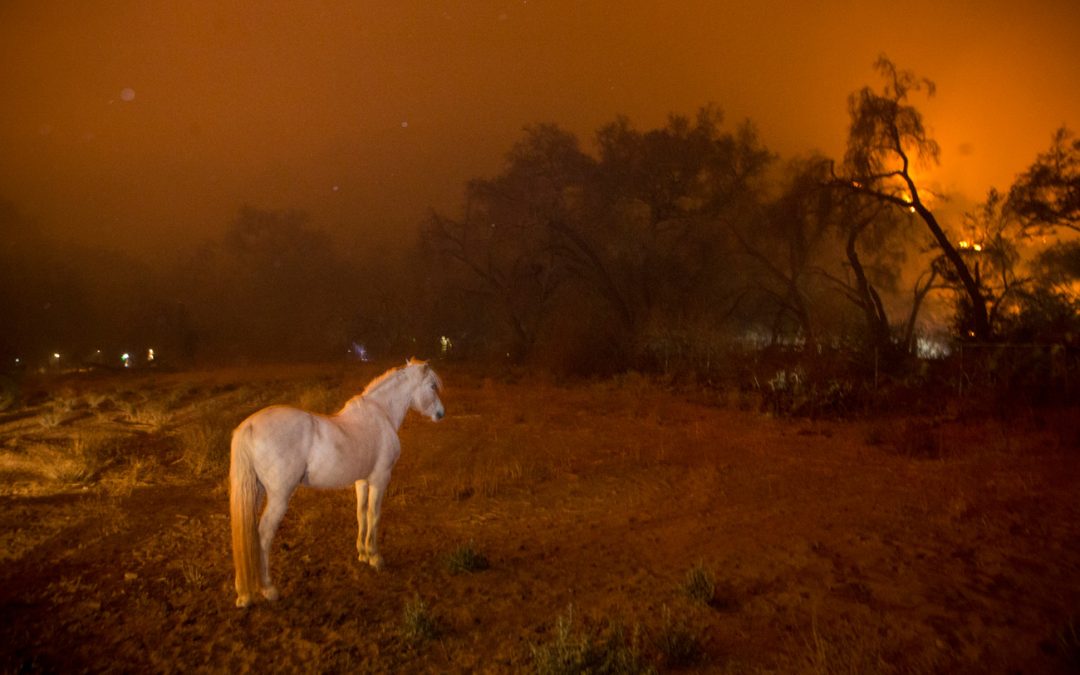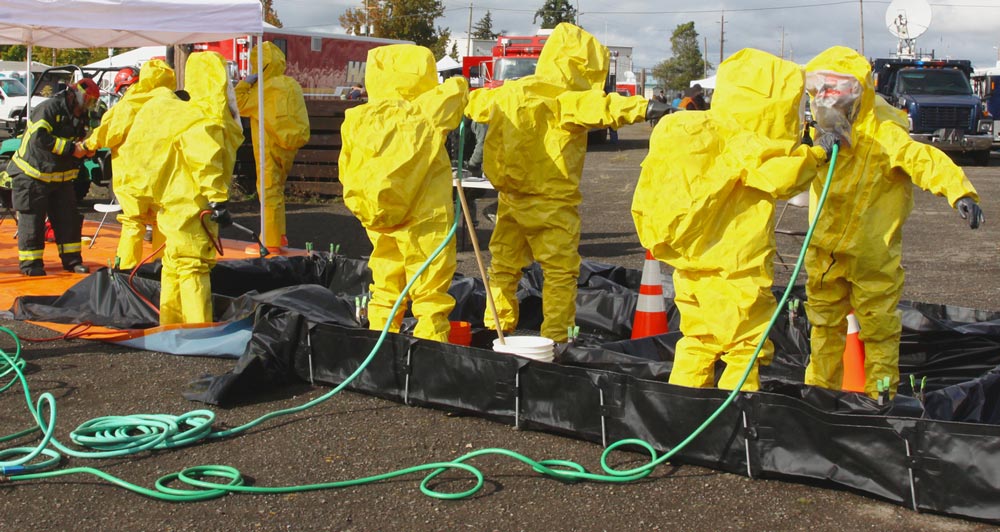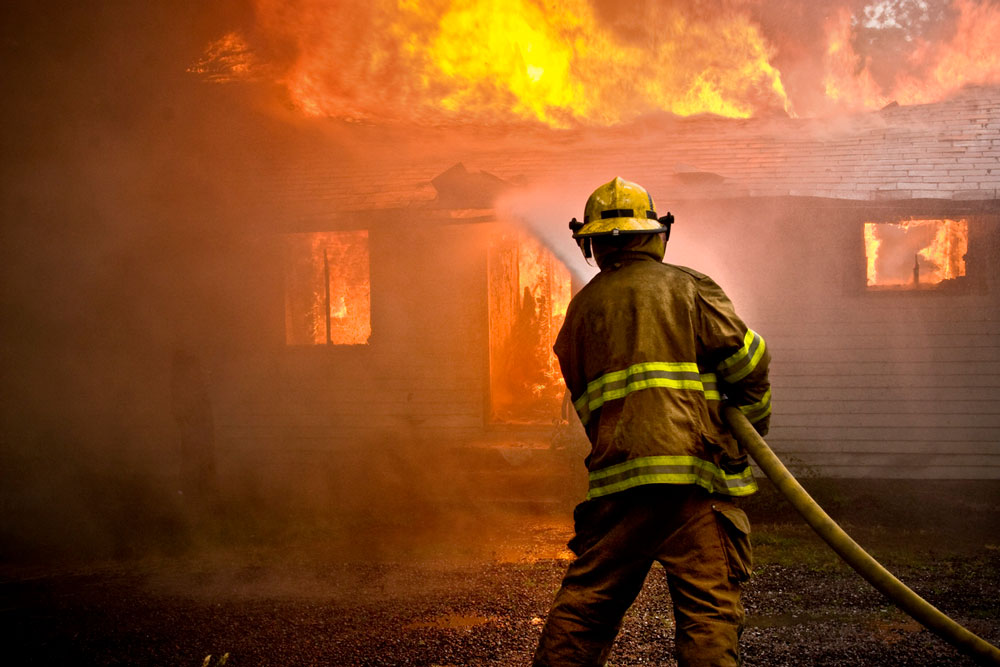

WP File download search
[wpfd_search]
Recent floods in British Columbia
Recent floods in British Columbia show firefighters how they have become an all-hazardous emergency provider.
Firefighters are one of the first to be called into a crisis situation and they determine which additional services need to get involved. Simply, they take care of the immediate threat to life. Our fire service community needs support from you, from the government, and the community as these events of the past two years clearly demonstrate how they have become an all-hazardous emergency provider.
Current Flood Situation in BC
The current situation that the Province of British Columbia is facing with flooding and rockslides puts additional pressure on the fire service community in particular. If they weren’t already, they certainly are now, more than ever an all-hazard provider. Usually, as the first responder, they are required to make life-saving decisions in a timely manner and determine which additional support needs to be brought to the scene. A recent example of this is those that were called to the mudslide in Agassiz Fire Department (AFD) where individuals were trapped in their cars. These front-line workers, along with others, saved the lives and their presence alone calmed the fears of many.
The Canada Task Force 1 (CTF1) is a Canadian multi-disciplinary team that brings together firefighters, and specialists like engineers, paramedics, police, and others. Together they come in to back up local response agencies in all aspects of major emergency response. Many volunteers their time to participate in this important, national asset. This week they were deployed to Highway 7 to address several submerged objects and worked closely with AFD. The Canada Task Force 2 (CTF2), a team based in Alberta, recently assisted Whitehorse as they battled major flooding. As a result of climate change, wildfires and unusual weather events are more frequent and more severe. The risk is still out there as we see with the recent events in Abbotsford.
Photo courtesy of @DriveBC

Impact on Animals in a Wildfire
Click here to read...
HazMat Lesson on Adsorbents and Absorbents – The Difference Explained
“Fire and spill professionals often think absorption and adsorption are the same thing. But the truth is there is a fundamental difference in the performance of an absorbent versus an adsorbent, and not understanding these differences during a hazardous...
UL Fire Safety Research Institute on Ventilation
“UL Firefighter Safety Research Institute (FSRI) announced today the release of the new “Impact of Ventilation on Strip Malls” online training course. This online course explores the results of the fire experiments conducted in a multi-unit strip mall as part of...
NFPA Research Foundation Report on Cybersecurity for Fire Protection Systems
“Fire protection systems are increasingly networked to Building Control Systems (BCS), Internet of Things (IoT), and other platforms that are, by design or oversight, exposed to the public-facing Internet. This emerging environment could lead to unique and novel...
NIST Studies How Artificial Intelligence Can Warn Firefighters of Danger
“Firefighting is a race against time. Exactly how much time? For firefighters, that part is often unclear. Building fires can turn from bad to deadly in an instant, and the warning signs are frequently difficult to discern amid the mayhem of an inferno.”...
Canadian Company Develops Fire Prevention and Property Loss Reduction Product
“Projects treated with BarrierTek fire-resistant coatings are hard to miss. Our distinctive colourful coatings are more than just hallmarks of a progressive developer. They are beacons of safer communities, and the net result of over a decade in innovation in...
